- Italy
- Things to do in Pompeii
- Pompeii Archaeological Site
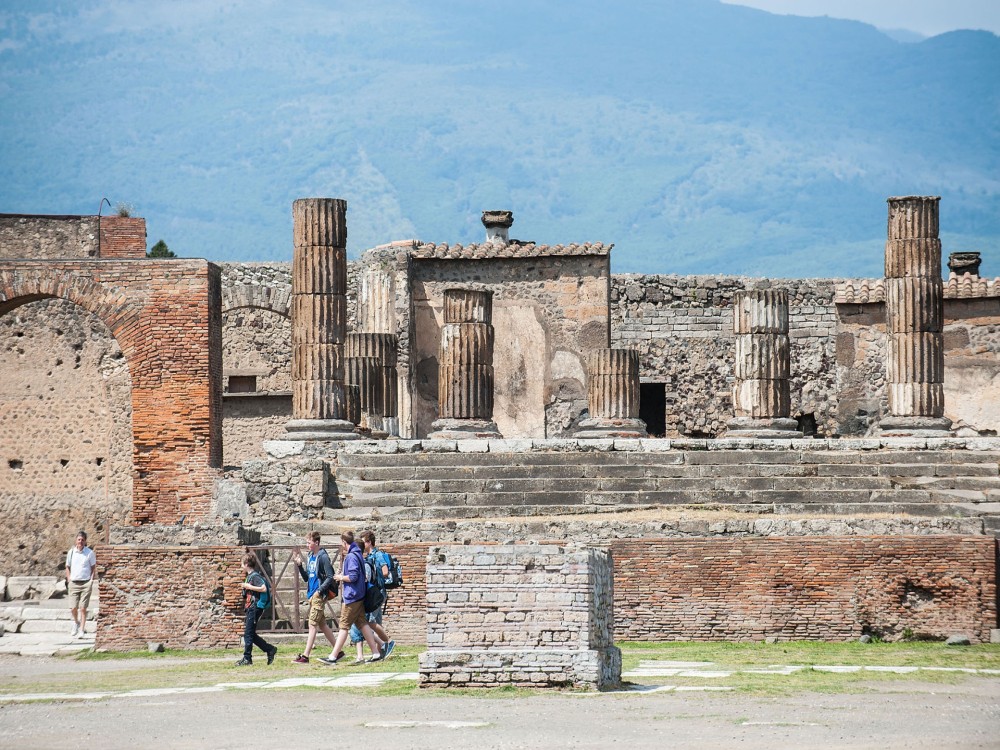
Pompeii Archaeological Site
The ancient city of Pompeii is one of the world’s most famous archaeological sites, offering a fascinating glimpse into Roman life frozen in time. Buried under volcanic ash after Mount Vesuvius erupted in 79 AD, Pompeii remained lost for centuries until its rediscovery in the 18th century. Today, it stands as an open-air museum where visitors can walk along Roman streets, explore well-preserved homes, and admire stunning frescoes. Whether you're a history enthusiast or a curious traveler, a visit to Pompeii is an unforgettable experience.
Pompeii Archaeological Site Tours & Excursions
The Basics
Pompeii is located in southern Italy, near Naples, and is part of a UNESCO World Heritage Site. Covering around 170 acres, the archaeological park is vast, with countless ruins to explore. Highlights include the Forum, the heart of political and social life; the Lupanar, an ancient brothel; the Villa of the Mysteries, famous for its detailed frescoes; and the amphitheater, one of the oldest in the Roman world. The site also features well-preserved bathhouses, bakeries, and even street-side fast-food stalls (thermopolia).
Things to Know Before You Go
Pompeii is an extensive site with uneven terrain, so comfortable walking shoes are essential. There is little shade, so bring a hat, sunscreen, and plenty of water, especially during summer. Guided tours and audio guides are available for deeper insights into the ruins. While there are some small cafes nearby, packing snacks is a good idea. Be sure to check the official website for entrance fees and any temporary closures before your visit.
How to Get There
Pompeii is easily accessible from Naples, Sorrento, and other nearby cities. The easiest way to get there is by train. The Circumvesuviana train line connects Naples to Pompeii Scavi-Villa dei Misteri station in about 30–40 minutes. From Sorrento, the journey takes approximately 30 minutes. If you’re driving, there are parking areas near the entrance, but they can fill up quickly. Organized tours from Naples or the Amalfi Coast also provide convenient transport with expert guides.
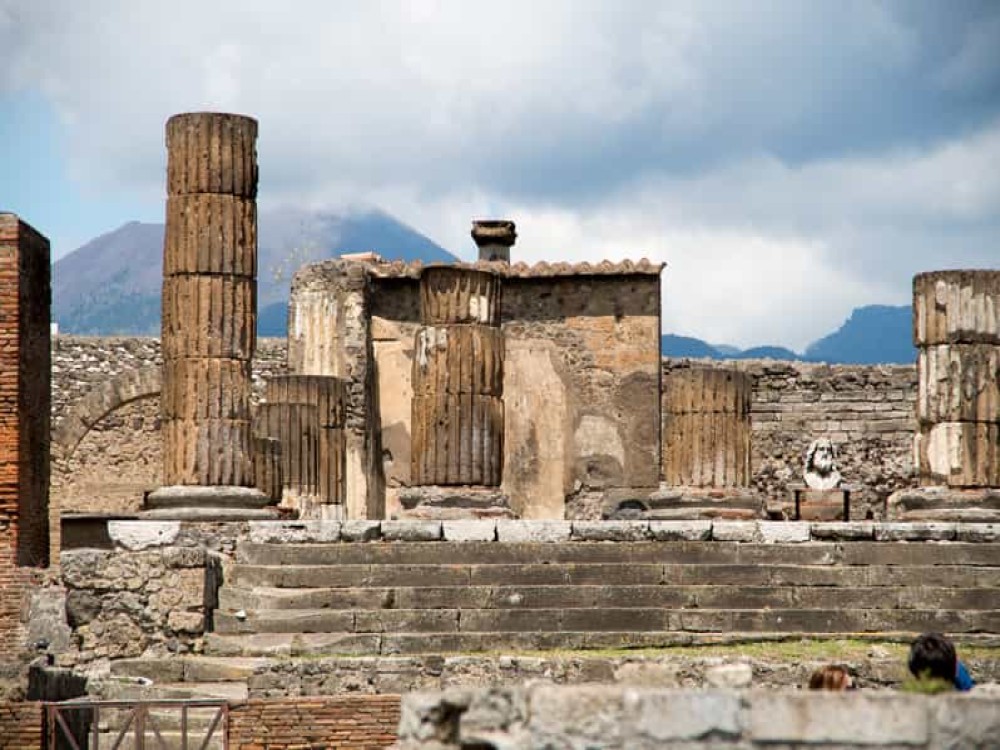
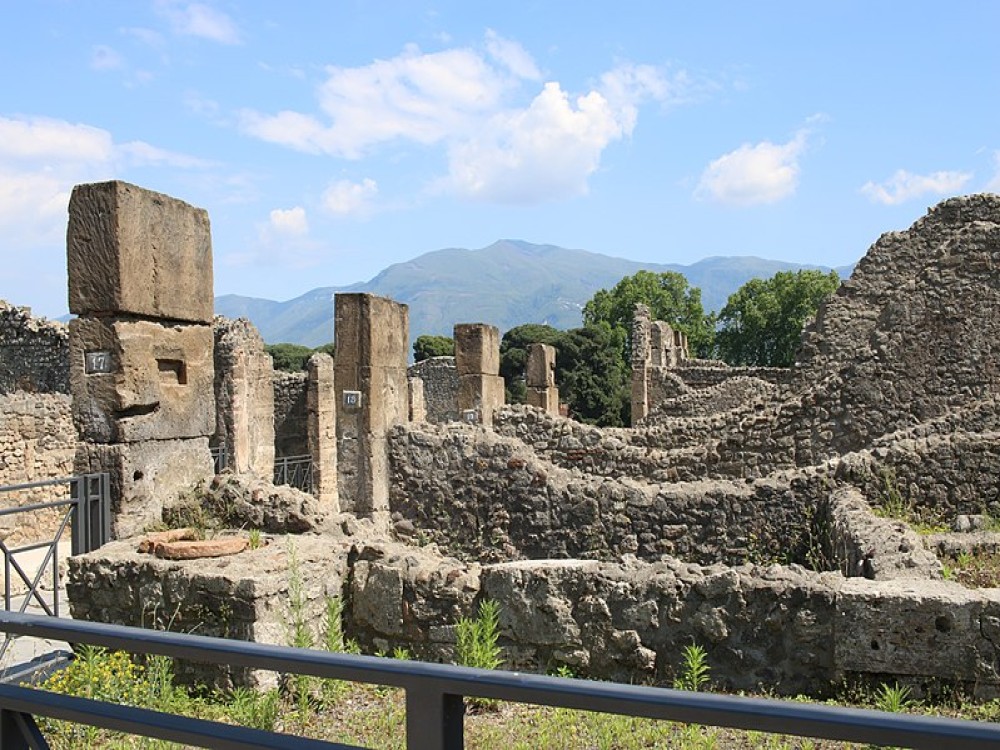

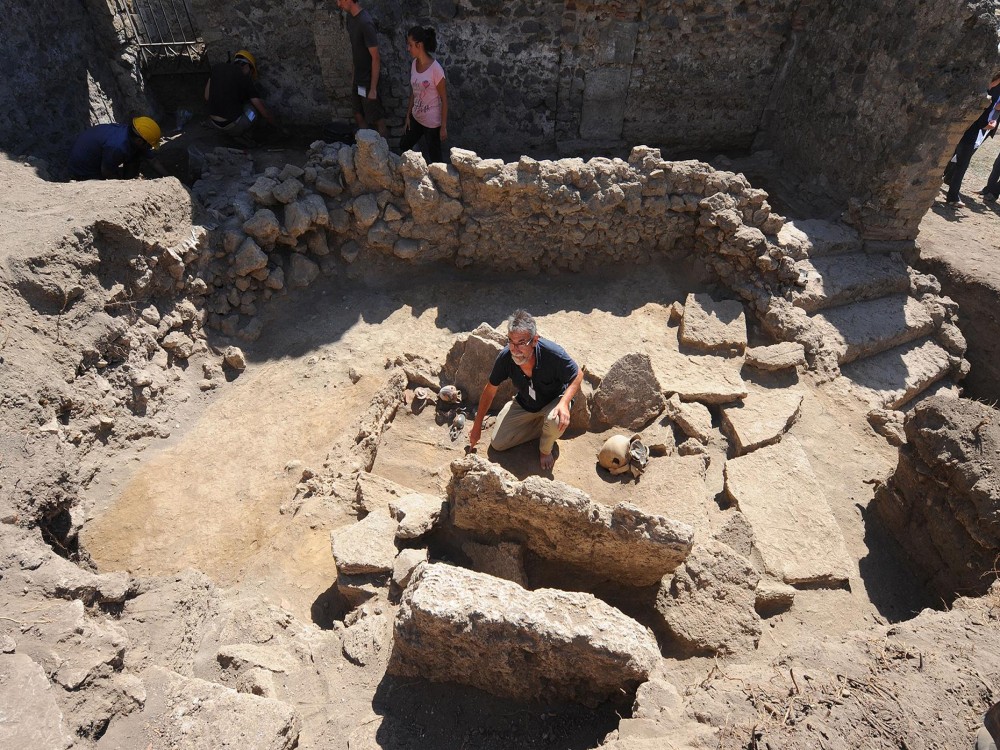
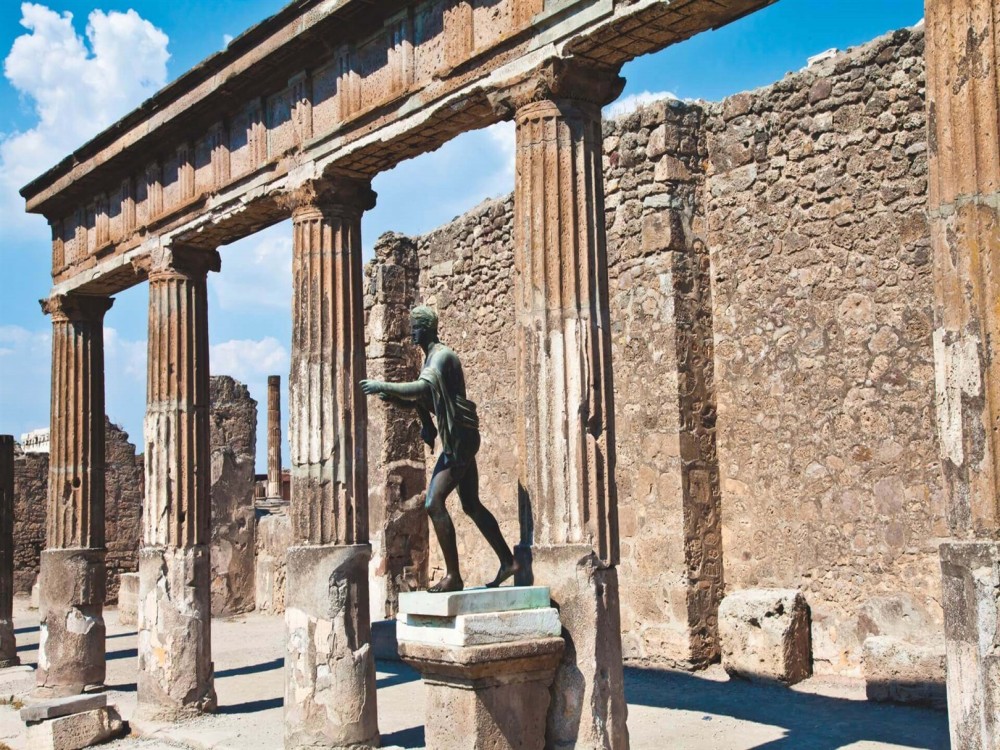

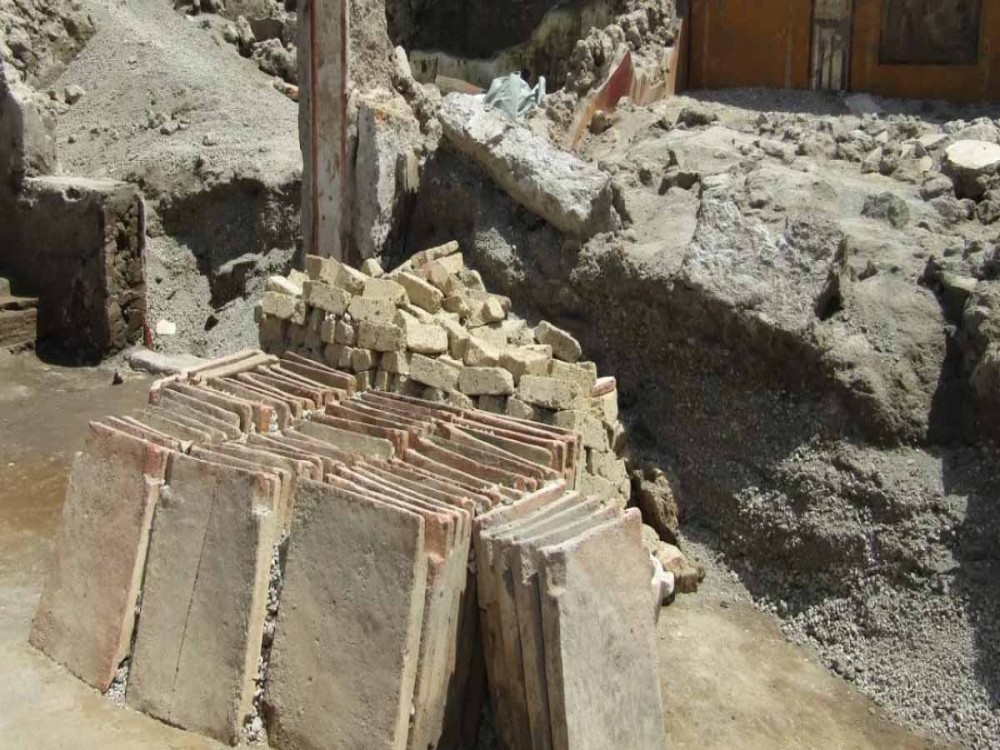

When to Get There
The best time to visit Pompeii is during the spring (April–June) and autumn (September–October) when the weather is mild and crowds are smaller. Summer months can be extremely hot and busy, so arriving early in the morning or later in the afternoon helps avoid the worst of the heat and crowds. Winter visits can be enjoyable with fewer tourists, but some areas may be closed due to weather conditions.
Day Trips from Pompeii
A day trip to Pompeii is an excellent addition to any itinerary in southern Italy. Many visitors combine Pompeii with a visit to Mount Vesuvius, where you can hike to the crater of the volcano that destroyed the city. Another great pairing is Herculaneum, a nearby ancient Roman town preserved in a similar eruption but with even more intact buildings and frescoes. If you have more time, consider exploring Naples’ Archaeological Museum, which houses many original artifacts from Pompeii.
Copyright © 2025 All Rights Reserved


